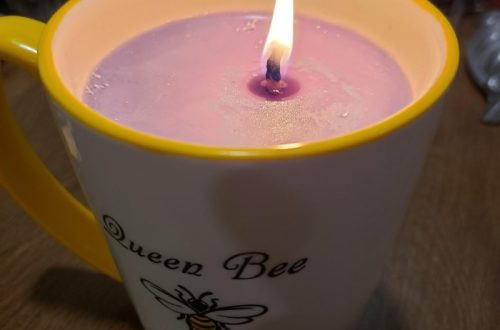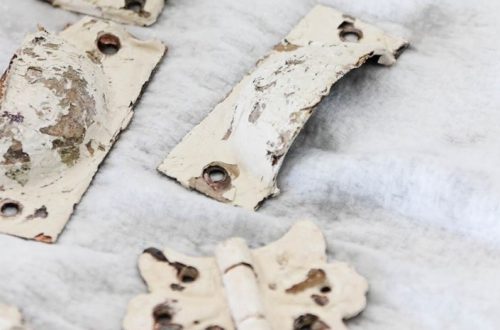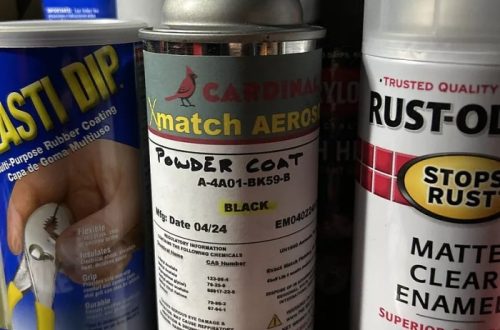Working with liquids in a laboratory setting often requires the transfer and stirring of substances within beakers. To uphold safety and precision, preventing liquid splattering is crucial. This practical guide will provide you with effective strategies for containment control, ensuring that you keep liquid contents in a beaker from splattering during laboratory procedures in 2024.
Understanding Splattering Dynamics
Recognizing the Causes of Splattering
Splattering occurs when keep liquid contents in a beaker from splattering are moved or mixed too quickly, creating a force that projects droplets out of the beaker. Rapid stirring, pouring, or reactions within the liquid can cause splashes, which may be hazardous, especially if the liquid is corrosive or hot. Recognizing what actions can provoke splattering is the first step in preventing it.
Exploring Fluid Properties
Different liquids have varying viscosities and surface tensions that can affect their likelihood to splatter. Thicker liquids, like syrups, are less prone to splattering than thin ones, like water or alcohol. Understanding the characteristics of the liquid you’re working with can help you adjust your techniques to minimize splattering risks.
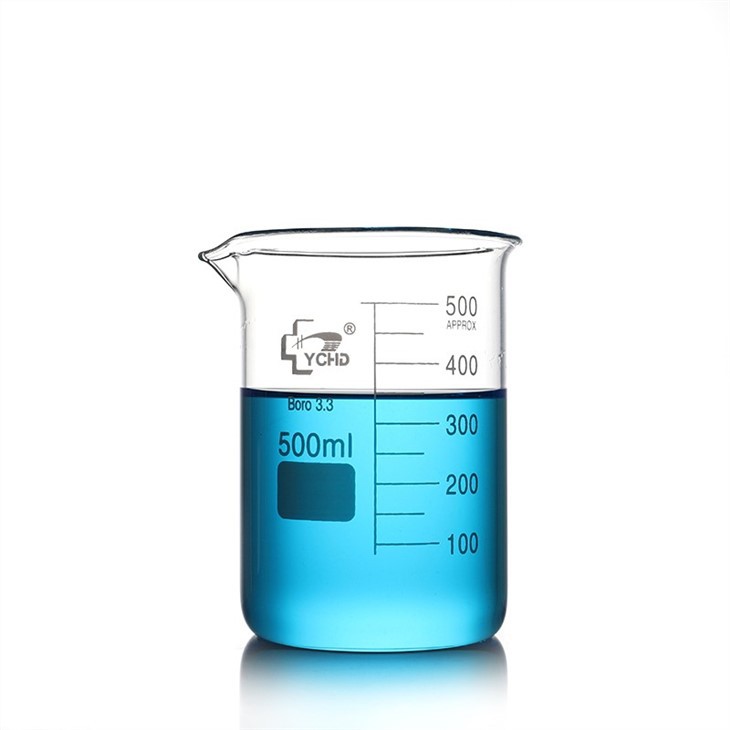
Pre-Laboratory Setup and Planning
Choosing the Right Beaker Size
Select an appropriately sized beaker for the volume of liquid you’re working with. Leaving adequate space at the top of the beaker can prevent overflow and splattering when stirring or reacting substances. As a rule, fill the beaker to no more than two-thirds of its capacity to ensure a buffer against splashes.
Anticipating Chemical Reactions
If you expect a vigorous reaction that might cause splattering, prepare accordingly. Use a larger beaker than the volume might suggest you need, or consider conducting the reaction in a controlled environment, such as a fume hood with a sash that can serve as a barrier.
Implementing Safe Liquid Handling Techniques
Pouring Liquids Cautiously
When adding liquids to a beaker, do so slowly and steadily. Let the liquid run down the side of the beaker or use a glass rod to guide the pour, both of which can reduce the momentum and potential for splashes.
Stirring with Control
Use a stirring rod, and stir the liquid contents in a consistent, circular motion centrally located in the beaker to avoid creating waves that could lap and splash over the sides. Adjust the speed of the stirring to the fluid’s nature; start slow and increase gradually as necessary.
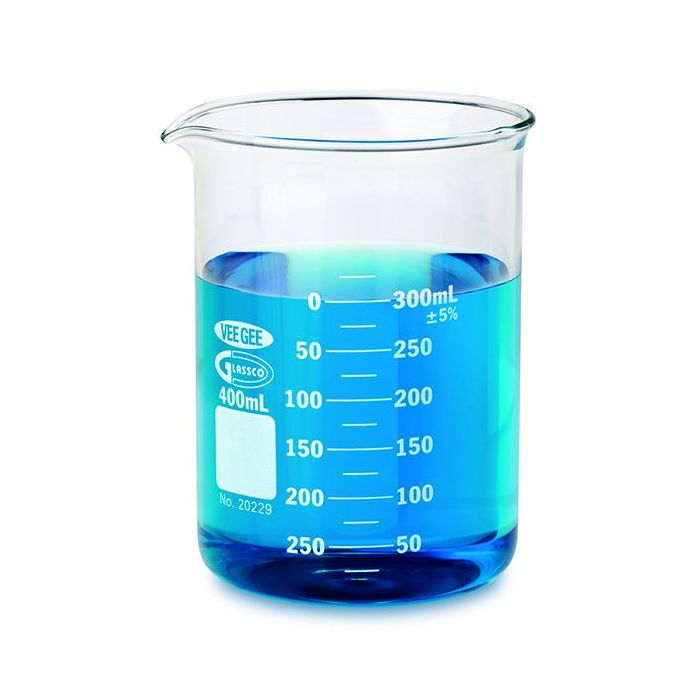
Utilizing Splatter Prevention Tools
Applying Barrier Methods
Cover the beaker with a watch glass or a specifically designed beaker cover to keep liquid contents from splattering. This allows you to mix or heat substances with an additional layer of protection, without completely sealing off the beaker, which could build up pressure and lead to other safety issues.
Using Anti-Splatter Devices
Consider using anti-splatter devices, such as splash guards or splatter screens, when available. These tools can be particularly effective when high-speed mixing equipment, such as electric stirrers, is used as they allow for ventilation and visibility while providing splatter containment.
Containing Energetic Reactions
Gradual Addition of Reactants
When mixing reactive substances that may cause energetic splattering, add the reactants gradually and in small amounts. This approach allows you to control the reaction rate and minimize the risk of sudden splatter events.
Employing Controlled Environment Methods
Perform potentially splatter-inducing reactions inside a fume hood with the sash down as far as possible. For particularly energetic reactions, additional protective equipment such as blast shields can be invaluable in containing any unexpected splatter or eruptions from the beaker.

Regular Maintenance and Best Practices
Inspecting Equipment Before Use
Before any experiment, examine your beakers and stirring equipment for cracks or damage to prevent failure during use. This ensures the structural integrity of your equipment, reducing the risk of splattering due to equipment breakdown.
Keeping a Clean Workspace
Regularly clean and organize your work area. Spilled liquids can cause beakers to slide or tip over, prompting unexpected splattering. A clean, stable work environment promotes safer handling of liquids in beakers.
Responding to Splattering Incidents
Immediate Reaction Protocols
Should splattering occur, react calmly and swiftly to minimize its effects. Turn off any heat sources or stirring equipment. Move away from the reaction and alert others in the vicinity to the hazard. Implement cleanup and decontamination protocols as established in your laboratory’s safety guidelines.
Reviewing Procedures Post-Incident
After addressing the immediate danger, review how and why splattering occurred. Evaluate if the procedures were followed correctly, or if additional preventive measures should be implemented in the future. Learning from incidents contributes to a safer laboratory environment.

Fine-Tuning Laboratory Techniques
Precision in Measurement and Transfer
To further prevent splattering, it’s critical to measure liquids accurately and transfer them with precision. Using pipettes or syringes for transferring small volumes can reduce the risk of splashing by controlling the flow rate. Always take your time; hasty actions are often the culprit in laboratory mishaps.
Adapting to Viscosity Differences
Working with liquids of various viscosities requires a tailored approach. For thicker liquids, use slower pouring and stirring rates to avoid forming air bubbles that can burst and cause splatters. Thinner liquids may require even more careful handling, as they are more likely to splash.
Maintaining a Safe Laboratory Environment
Upholding Safety Standards
Wear the appropriate personal protective equipment (PPE) including lab coats, goggles, gloves, and face shields. These not only protect against splattering, but they also offer a defense against accidental spills, fumes, and hazardous reactions.
Encouraging Safety Culture
Promoting a culture of safety within the laboratory is just as important as individual protective measures. Collaborative discussions on best practices and regular safety trainings help create an environment where containment control is everyone’s priority.

Proactive Contingency Planning
Establishing Spill Response Procedures
A clear and concise plan should be in place for dealing with spills and splatters. Ensure that all lab personnel are trained in proper spill response, including containment, cleanup, and disposal, as well as reporting any incidents according to protocol.
Regular Equipment Checks and Calibration
Regular maintenance of laboratory equipment ensures that any mechanical apparatus used in liquid handling, like stir plates or shakers, operates smoothly and without malfunction, which could potentially result in splattering. Calibration to the right settings can also prevent vigorous agitation that might cause splashing.
Leveraging Technology for Improved Containment
Automating Where Applicable
Using automated systems for stirring and mixing can significantly reduce the potential for splattering. These systems often have controllable speeds and provide a consistent, contained environment for handling liquids without the variable of human error.
Implementing Digital Tools for Education
Digital simulations and training tools can teach and reinforce proper laboratory techniques without the risk of actual splattering. These tools aid in visualizing the consequences of improper handling and can improve overall technique in the physical lab environment.
Reflection on the Art of Containment
Understanding the Impact of Methodical Approaches
The meticulous nature of laboratory work cannot be overstated; each action can dramatically impact results. Mastering the art of preventing splattering is a testament to the practitioner’s dedication to precision and safety.
Appreciating the Nuance in Liquid Handling
Each liquid handled requires attention and respect due to its unique physical properties. Mastering the skill of containment is an exercise in patience and attention to detail. It’s these seemingly minute practices that elevate the quality of laboratory work.
Continuous Improvement in Containment Techniques
Seeking Feedback and Knowledge Sharing
An open dialogue among laboratory team members can illuminate new and improved methods for preventing splattering which might not be immediately obvious. Encourage the sharing of tips and experiences as it contributes to collective improvement.
Commitment to Lifelong Learning
As technologies advance and new substances are introduced into laboratory work, the commitment to ongoing education in containment techniques must be unwavering. Engaging with the latest research and participating in workshops can enhance the repertoire of skills available to the laboratory technician.
Advancing Containment Through Innovation
Embracing New Solutions and Materials
Laboratory science is an ever-evolving field, and with it, the techniques and materials for containment control must advance as well. Experiment with innovative lab equipment designed to reduce splatters, such as beakers with built-in barriers or hybrid materials that minimize surface tension. Being open to trying out new products can lead to discoveries that further the collective goal of spill-free experimentation.
Reflecting on the Continuous Improvement Cycle
The journey to perfecting liquid containment is never static; it’s a continuous cycle of improvement. As each new technique or material emerges, it’s crucial to assess its effectiveness in preventing splattering and integrate the successful ones into regular lab protocols. This cycle of adopting, testing, and refining is the backbone of maintaining a state-of-the-art laboratory environment.
Mastery of Liquid Management
Preventing liquid splattering in a beaker is an essential skill in the laboratory, vital for the safety and success of experiments. By understanding the dynamics of fluid behavior, using appropriate tools, and maintaining a mindful approach to procedures, you can effectively prevent and respond to any splattering issues. Keeping liquid contents in a beaker from splattering safeguards not only your experiments but also the health and well-being of all laboratory personnel. With the practices outlined in this guide, you’re equipped to handle liquids with confidence and control.



